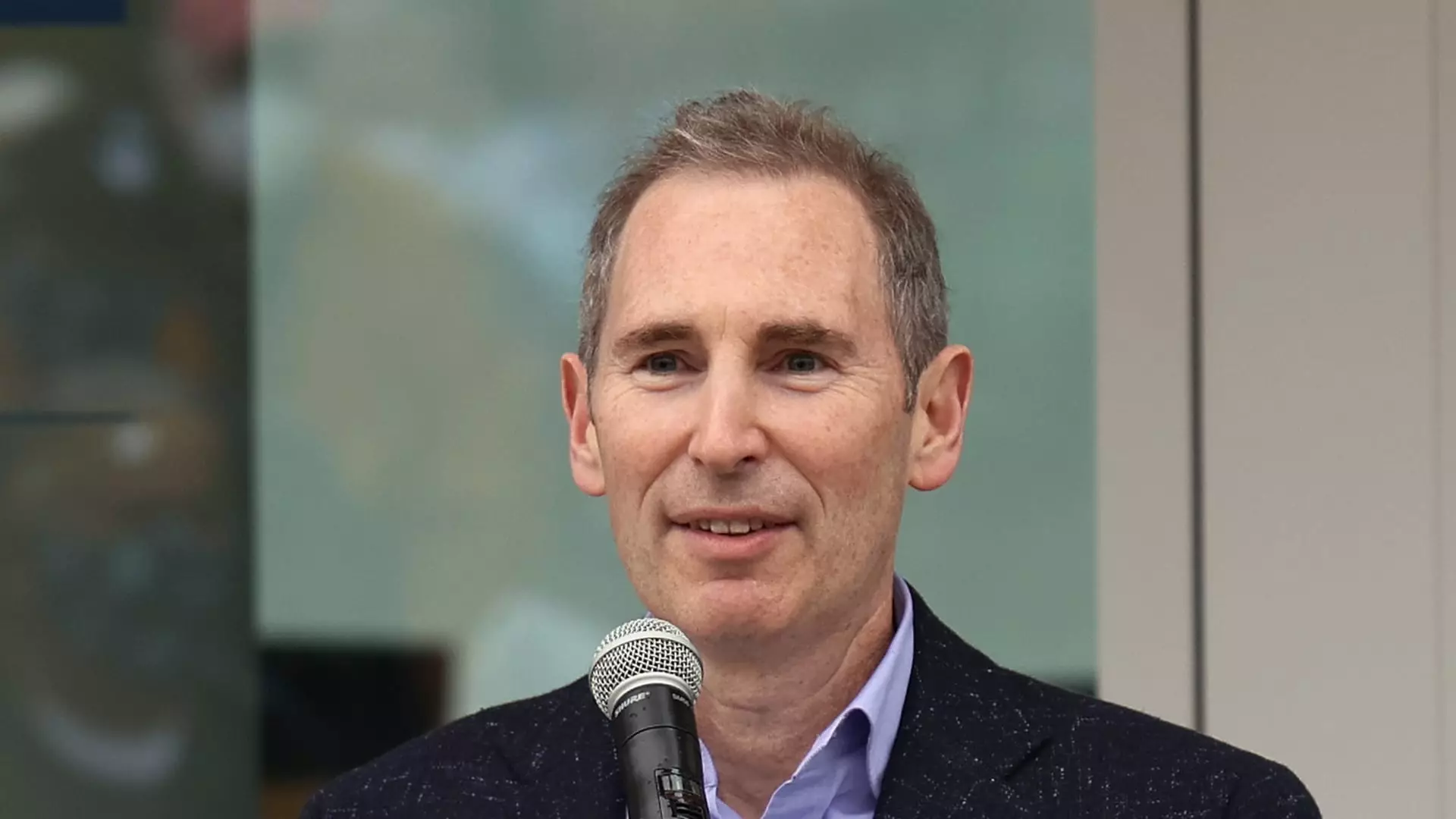For the majority of its existence as a publicly-traded company, Amazon has been synonymous with prioritizing growth over profitability. However, the tide seems to be turning as indicated by the first-quarter earnings report which revealed a significant milestone. Amazon’s operating margin soared to 10.7%, a double-digit figure unprecedented in its history, marking a departure from the previous focus on expansion at all costs. The shift in priorities signifies a new era for Amazon investors who have long been accustomed to sacrificing short-term gains for long-term growth prospects.
The surge in Amazon’s operating margin can be attributed to CEO Andy Jassy’s strategic emphasis on higher-margin businesses such as advertising and cloud computing. With the relentless pursuit of cost-cutting measures, Jassy has managed to propel the company’s profitability to new heights. Operating income more than tripled in the first quarter, reaching $15.3 billion, while net income witnessed a staggering 200% jump to $10.4 billion. Analysts have lauded Jassy’s focus on services as a key driver of Amazon’s improved financial performance, signaling a shift towards a more sustainable and profitable business model.
Amazon’s success story extends beyond its core e-commerce platform, with significant contributions from sectors like Amazon Web Services (AWS) and digital advertising. AWS, in particular, witnessed a robust 17% growth in the first quarter, surpassing Wall Street’s expectations. Generating over $100 billion in annualized revenue, AWS remains a key revenue driver for Amazon, contributing the lion’s share of the company’s operating income. Similarly, Amazon’s foray into digital advertising has proven lucrative, with ad revenue surging by 24% in the first quarter, underscoring the company’s ability to capitalize on high-margin business opportunities.
A critical aspect of Amazon’s improved profitability lies in its relentless pursuit of efficiency and cost optimization. The company’s focus on regionalization efforts, including retooling its logistics network for faster delivery, has enhanced operational efficiency and reduced costs. Furthermore, a wave of layoffs totaling more than 27,000 jobs has contributed to streamlining operations and improving overall cost structures. Technology and infrastructure costs witnessed a decline, while sales and marketing expenditures were trimmed by 5%. Amazon’s commitment to driving down general and administrative expenses by 10% underscores its dedication to maximizing profitability through stringent cost controls.
Future Outlook and Investments
Looking ahead, Amazon anticipates a sustained increase in profitability for the second quarter, albeit at a more moderate pace. Operating income is projected to range from $10 billion to $14 billion, signaling continued growth in profitability. Despite the focus on cost-cutting measures, CEO Andy Jassy remains committed to substantial investments in generative artificial intelligence, especially within the cloud computing segment. These strategic investments are expected to elevate Amazon’s capital expenditures significantly in the coming years, reflecting the company’s unwavering commitment to innovation and growth.
Amazon’s transformation from a growth-centric to a profit-driven entity marks a significant milestone in its corporate evolution. With a renewed focus on profitability, strategic investments in high-margin businesses, and stringent cost controls, Amazon is poised to enter a new phase of sustainable growth and financial success. As the company continues to navigate the ever-changing landscape of e-commerce and cloud services, its unwavering commitment to innovation and efficiency will undoubtedly shape its future trajectory.


Leave a Reply